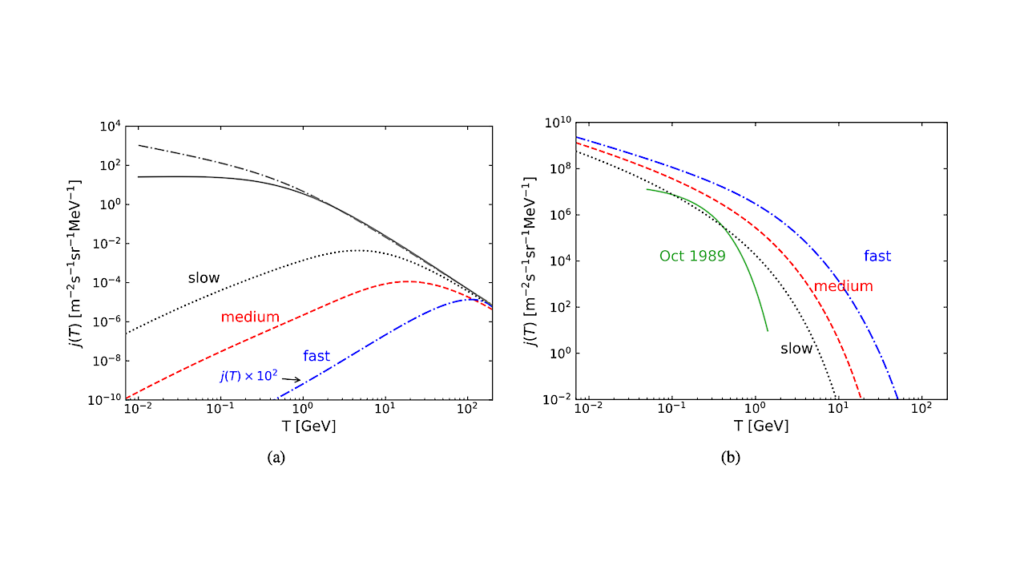Impact Bombardment Chronology of the Terrestrial Planets From 4.5 Ga to 3.5 Ga

Subsequent to the Moon’s formation, late accretion to the terrestrial planets modified their silicate crusts and mantles.
We combine dynamical N-body and Monte Carlo simulations to determine impact probabilities, impact velocities, and expected mass augmentation onto the terrestrial planets from three sources: planetesimals left over from primary accretion, asteroids from the E-belt, and comets arriving from the outer Solar System. We present estimates of the amount of cometary material striking the terrestrial planets in an early episode of planetesimal-driven giant planet migration (Mojzsis et al., 2019). The Moon and Mars suffer proportionally higher cometary accretion than Venus and Earth.
The background mass addition from small leftover planetesimals to Earth and Mars is far less than independent estimates based on their mantle abundances of highly-siderophile elements. This supports the theory that both planets were struck by single large bodies that delivered most of their mass augmentation since primary accretion. We present fits to the impact chronologies valid from 4500 Ma to ca. 3700 Ma.
The lunar timeline thus obtained is at odds with both the calibrated Neukum (Neukum et al., 2001) and Werner (Werner et al., 2014; Werner, 2019) chronologies. For Mars, the match with its calibrated Werner chronology is no better; by increasing the mass of the E-belt by a factor of four the dynamical lunar and martian chronologies are in line with that of Werner (2019) and match constraints from the current population of Hungaria asteroids. Yet, neither of our dynamical timelines fit well with that of Neukum. The dynamical lunar and martian chronologies are also different from each other. Consequently, the usual extrapolation of such chronologies from one planetary body to the other is technically inappropriate.
R.Brasser, S. C. Werner, S. J. Mojzsis
(Submitted on 24 Oct 2019)
Comments: Accepted in Icarus
Subjects: Earth and Planetary Astrophysics (astro-ph.EP)
Cite as: arXiv:1910.11282 [astro-ph.EP] (or arXiv:1910.11282v1 [astro-ph.EP] for this version)
Submission history
From: Ramon Brasser
[v1] Thu, 24 Oct 2019 16:56:05 UTC (2,266 KB)
https://arxiv.org/abs/1910.11282
Astrobiology








